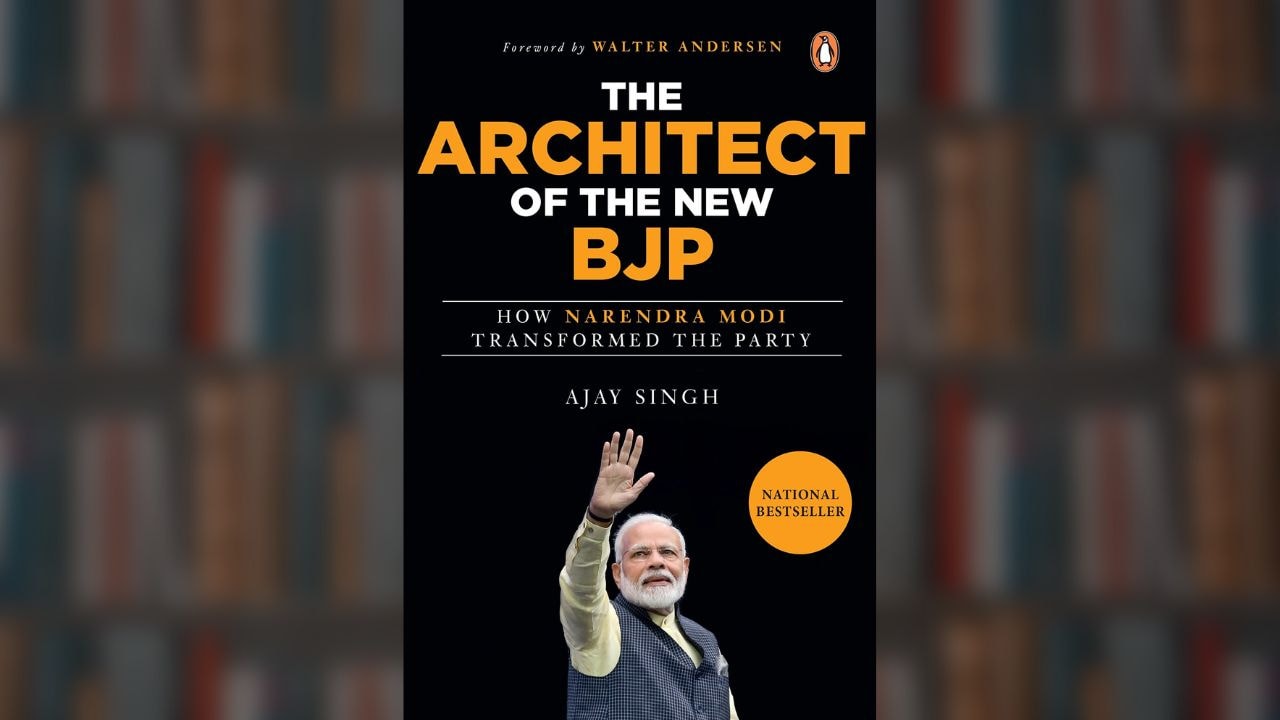Have you ever thought of PM Narendra Modi as a ‘grassroots trainer’ or ‘organization culture builder’? It would appear that between the RSS and BJP, he has given a good 45 years to public service before occupying the top job. From his birth in 1950 to being sworn in as PM at the age of 64 in 2014, he typifies the adage that you can only connect the dots looking backwards.
His quiet work, at a time when his name did not make headlines, is the subject of a new book, ‘The architect of the new BJP’ by Ajay Singh. In this detail oriented book, the author talks about how Modi would insist on computerisation, regimentation, documentation, and discipline. So much so, that whenever senior BJP party leaders in the 1980s and 1990s had an insurmountable problem, they would depend on him to manage the situation.
The book’s appeal lies in how painstakingly the author narrates and joins incidents that don’t seem obviously connected. The chronicles begin in 1979- when Modi is credited with clinical flood relief work in Saurashtra. Five remarkable aspects of the book would be:
1. This is a very credible attempt to analyse the work of Narendra Modi before he became Prime Minister. It makes you cognisant of the arduous, long-winded political journey he had, including years of neglect, exile, and lack of appreciation as a modest young pracharak (volunteer).
2. Modi institutionalised training in the BJP. In fact, his obsession with training was so heavy the soon acquired the nickname of ‘headmaster’ among state party veterans!
3. Modi came into his own in the Ahmedabad corporation elections in 1987. This was the time he formally made the transition from the BJP to the RSS. He had a strong belief that ‘speeches don’t get votes.’ With dogged persistence, he broadened the party base with heavy recruitment and restructured the organisation to meet the requirements of an election. For example: he would organise the party cadre into-
a. workers who were affluent and owned vehicles
b. workers with two-wheelers
c. workers who were foot soldiers
Each person was given a role according to their ability. He ensured that a proper database of party workers and their skills were always available.
4. Modi’s methods of expanding the BJP were unconventional. The typical way is to hold a public meeting with a well-known leader and make them give a speech. Modi went about co-opting social groups, enrolling the newly emerging middle class into the party.
5. He used party resources to build a support base at the local level. He wanted to cement the social acceptance of the BJP. Over time his no-nonsense way of organising the party created a sense of accountability in the entire bureaucratic machinery.
Modi’s conviction, when it came to came to difficult decisions is also outlined in the book. Author Ajay Singh, currently the Press Secretary to the President of India, narrates several anecdotes in the book that may seem uniformly panegyric of the PM. Surprisingly, they are still worth a read. After all, ‘sentiment gets converted into votes when the organisation is strong and the local leadership is established’. This would somewhat be the message of the book.
Reeta Ramamurthy Gupta is a columnist and bestselling biographer. She is credited with the internationally acclaimed Red Dot Experiment, a decadal six-nation study on how ‘culture impacts communication.’ On Twitter @OfficialReetaRG. Views expressed are personal.
